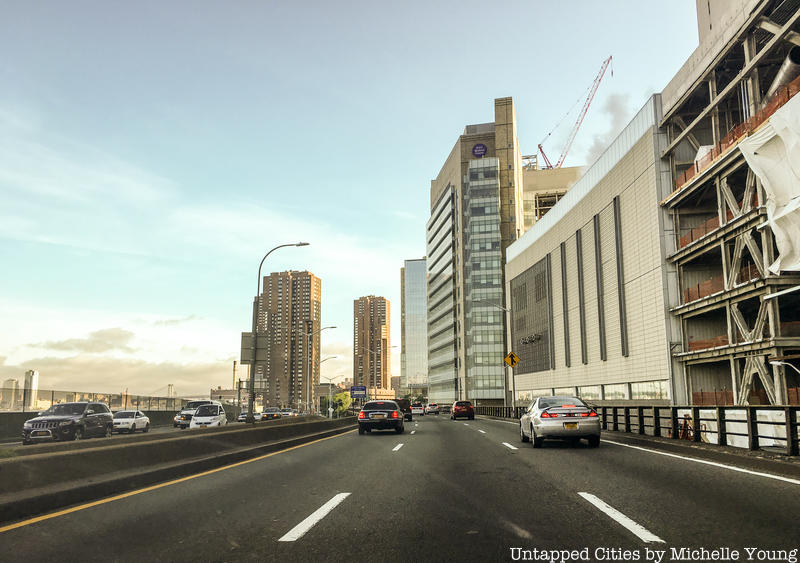
The FDR Drive is a 9.44-mile freeway-standard parkway that runs along the East River and is one of the most important routes in New York City. It starts north of the Battery Park Underpass located at South and Broad Streets and extends all the way uptown to the 125th street interchange. Thus, it isn’t surprising that such a significant and extensive parkway also has some interesting facts and history. When the FDR Drive was first conceptualized it was known as the “East River Drive.” After it was built, the parkway was renamed for former president Franklin Delano Roosevelt following his death in April 1945. Here are the top 10 secrets of the FDR Drive, including red lights on dead end streets, 27 seal statues in East River Park and an abandoned art installation under the Queensboro Bridge.
10. The FDR Drive Was Built Using World War II Material
New York City’s architectural history is as colorful and varied as its residents, and some of the ground that we stand, or drive on are from far off places. During World War II, the city of Bristol, England underwent an attack by the Luftwaffe, which left a large amount of the city in ruin. Over 85,000 buildings in the city were destroyed. Bristol was a major port for American supply ships during this time.
In the book Rubble: Unearthing the History of Demolition by Jeff Byles, there were no supplies to load onto the ships after the attack, so the the masonry and rubble from the destroyed town was used as ballast. When the ships arrived in New York, the rubble was dumped along the East River from 23rd Street to 34th Street, and would later serve as the foundation for portions of the FDR Drive. There is a plaque in Bristol commemorating the shared moment in history between the Americans and the British.





